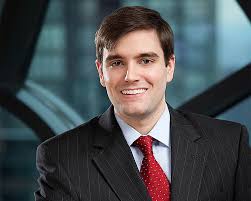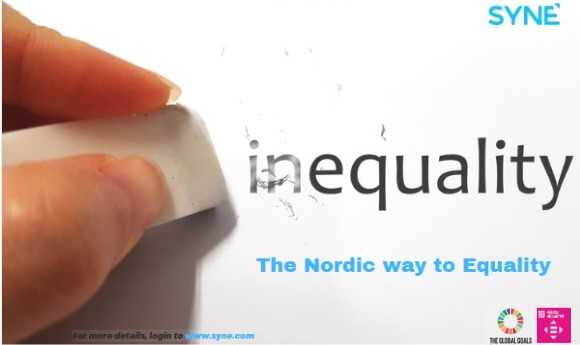The Nordic Way to Equality
Community
CREATED
07 Feb 2023
syne.com/story/the-nordic-way-to-equ...
“No society can surely be flourishing and happy, of which the far greater part of the members are poor and miserable.” ~ Adam Smith, Economist.
Much of the world’s wealth is held by a small group of people, leading to financial and social discrimination. For nations to prosper equality and prosperity must be available to everyone making individuals self-sufficient and the world to prosper. In 2015, the UN set up seventeen goals for 2030, known as the Sustainable Development Goals (SDGs). The tenth is Reduced Inequalities ensuring equal opportunities and reducing inequalities of income within and among countries, by eliminating discriminatory laws, policies and promoting appropriate legislation and action.
Nordic way
The top countries having income equality Norway, Denmark, Finland, Sweden, known as Nordic countries and their Nordic model is celebrated since these countries have considerably less income and wealth inequality, thanks to both robust social safety nets and progressive taxation. Let us look at Norway in detail.
Norway has a well-developed public welfare system offering comprehensive social security covering to the entire population, ensuring equal rights and access to economic resources, financial services, and basic welfare services, viz. health care and education. It combines a free market economy with the welfare model and ensures high levels of income and wealth creation and equal distribution of this wealth.
Norway has achieved unprecedented levels of economic development, equality and prosperity, but a century ago, most of these Nordic countries had gilded age levels of inequality and poverty. What brought about these changes?
Viking Economics
A book by George Lakey, an activist, sociologist, Viking Economics, begins with Norway’s growing opposition to the levels of poverty and inequality a century ago. Norwegians did not like the aftermath of a wealth gap – hunger, poverty, crime, the elderly warehoused or left in isolation, the young without hope of jobs. . They also didn’t like the arrogance among higher-income people and the feeling among lower-income people that they were losers defeated by the system.
The decades-long transition was brought about through strong popular movements of workers and social reformers that campaigned and won political power- when out of power, they pressured governments through mass protests, including nonviolent direct action when the system was unresponsive.
The book emphasies that Nordic countries are not “welfare states,” full of dependence but the Nordic model is a “universal services state” that focuses on poverty alleviation, a robust social safety net, and full employment, with a commitment to work as a central part of their anti-poverty strategy for those who are able. The quality of life for workers is higher, and the work-life balance healthier than U.S. The Nordic model focuses on economic security, efficiency, and productivity and believes they are connected vis-à-vis the U.S. economy model based on insecurity, high unemployment, and fear of poverty and hunger.
Lakey contests that high taxes and regulation in the Nordic countries stifle business and entrepreneurship – the productivity rates are higher, and the rate of start-ups in Norway is considerably higher than the U.S. Nordic entrepreneurs were found to be greater risk-takers because they don’t worry about education debt, retirement, and medical care, thanks to universal services.
Though Nordic businesses compete in the global economy, they are discouraged, through laws and social contracts, from cutting wages as part of their competitive strategy. Their understanding of job creators is not limited to the entrepreneurial class and investors. Residents don’t complain about their higher taxes because they clearly benefit from the expenditures.
Norway provides early childhood education and care for children from zero to five years of age. Parents can place their children in kindergartens from the age of one. It subsidies childcare, capping fees making these places affordable and help focus on learning related activities viz., language, numbers, creativity, nature and ethics.
On the environmental front, Norway has historically benefitted from selling fossil fuel reserves and 98% of its energy production comes from renewable sources, mainly hydropower. Almost 50% of new cars are either electric or hybrid. Norway identified the weaknesses of its economy – such as oil price shocks – and harnessed natural strengths to deliver broad-based growth, employment and high living standards through long-term policies.
There may be criticisms to the Nordic model but it does serve as an example of an inspiring model that reminds of the ingredients required for social transformation. World over calls for inclusive growth have mounted. While Norway does appear to be more fortunate than most, it does offer some valuable lessons to policy-makers from other parts of the world to make changes ‘together’.




View Comments